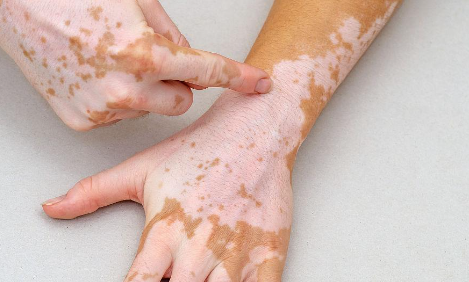
The differences between imported 308nm excimer laser and 308nm excimer light

It was mentioned above that the 308nm excimer laser is a highly effective treatment for vitiligo. However, some patients may encounter hospitals using 308nm excimer light for treatment during their course of treatment. So, are 308nm excimer laser and 308nm excimer light the same treatment method?
Wavelength
The 308nm excimer laser has a single wavelength of 308nm, while 308nm excimer light is not of a single wavelength, with a wavelength range from 290nm to 314nm, and 308nm is the peak. Single wavelength is recognized as the optimal wavelength and gold standard for UV treatment of vitiligo and psoriasis, as it can more effectively induce T cell apoptosis and promote pigment synthesis.
Irradiated area
the light spot size of the 308nm excimer laser is as large as a dollar coin, being able to irradiate white patches more accurately. The irradiation area of 308nm excimer light is large, which makes it more convenient for treating large areas of white patches. However, for small white patches, there is a risk of irradiating normal skin.
Energy of light source
Conventional 308nm excimer light is a type of ultraviolet light, with a relatively low energy output. 308nm excimer laser, on the other hand, uses stable xenon chloride gas as the light source, which is stable, monochromatic, and with high energy.
However, for some patients, irradiation with 308nm excimer laser alone may not be sufficient for recovery, and additional adjunctive therapies may be required depending on the patient's specific condition.
In short, vitiligo patients should choose treatment methods that are suitable for them and not blindly follow the trend. The effect of single irradiation is limited, and usually, a combination of treatments is necessary to achieve better results.
You may like
- A Comparison of the Mechanisms of Action Between Narrow-Band UVB and 308nm Excime
- In winter in What kind of situation does vitiligo need consolidation therapy?
- Does vitiligo related to genes
- Chinese Traditional Acupuncture and Moxibustion for Vitiligo
- Chinese Medical Bath therapy and Chinese Fumigation for Vitiligo